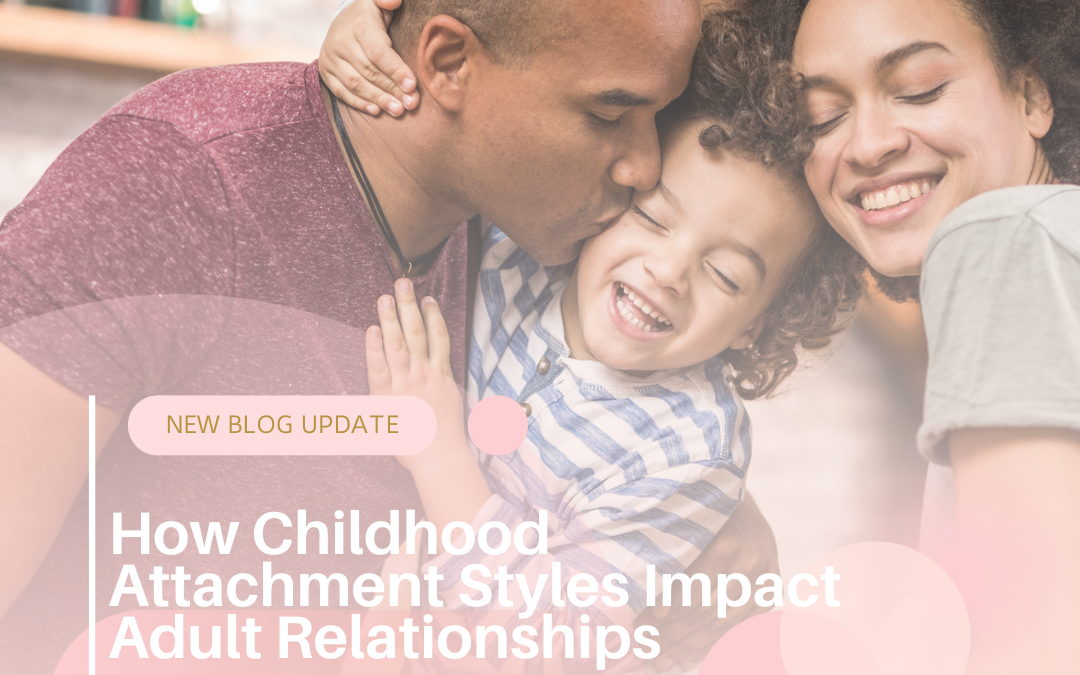The way we connect with others in adulthood is deeply influenced by the attachment style we developed in childhood. These attachment patterns—formed through our early experiences with caregivers—shape how we approach intimacy, conflict, and trust in relationships. Understanding your attachment style can provide insight into your relationship patterns and help foster healthier connections.
The Four Attachment Styles
-
Secure Attachment – Individuals with secure attachment had caregivers who were responsive and reliable. As adults, they tend to have healthy, trusting relationships, communicate openly, and feel comfortable with both intimacy and independence.
-
Anxious Attachment – Those with anxious attachment may have experienced inconsistent caregiving, leading to fear of abandonment. In relationships, they often crave closeness, need reassurance, and may struggle with insecurity.
-
Avoidant Attachment – If a caregiver was emotionally distant or unresponsive, a child might develop avoidant attachment. These individuals often value independence, struggle with vulnerability, and may have difficulty expressing emotions in relationships.
-
Disorganized Attachment – This style often results from chaotic or traumatic early experiences. Adults with disorganized attachment may have conflicting desires for closeness and distance, leading to unpredictable relationship patterns.
How Attachment Affects Adult Relationships
- Communication: Securely attached individuals tend to express their needs clearly, while anxious or avoidant individuals may struggle with either over-communicating or withdrawing.
- Conflict Resolution: Secure partners handle conflict with openness, while insecurely attached individuals may become overly defensive, avoidant, or anxious in disagreements.
- Intimacy & Trust: Those with secure attachment feel safe in closeness, whereas avoidant individuals may push others away, and anxious individuals may fear being abandoned.
Can You Change Your Attachment Style?
Yes! While attachment styles develop early, they are not fixed. Awareness is the first step to change. Therapy, self-reflection, and practicing secure relationship behaviors—such as open communication, self-soothing, and setting healthy boundaries—can help shift insecure attachment patterns.
By understanding your attachment style, you can take steps to build healthier, more fulfilling relationships and break negative cycles from the past.


Recent Comments